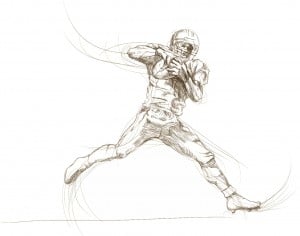
This applies all over the country, including in North Dakota, where concussions were the subject of a discussion at the North Dakota High School Activities Association (NDHSAA) board of directors meeting this summer.
All sports are associated with a risk of concussion — any activity comes with a risk of hurting yourself while playing — but the reality is that high-contact sports like football come with a much greater risk for the players.
Todd Olson, the Fargo Public Schools Activities Director, says that the focus on football is directly caused by the NFL’s recent activity in the concussion world. And, of course, that some sports are more prone to concussions is a factor.
A survey conducted last year by the NDHSAA showed that there were just over 230 total concussions reported in football last year which, based on their participation numbers, means that roughly 6% of the players ended up with a reported concussion. That rate was the same in girls hockey.
Football is uniquely difficult because of the mentality of “play through the pain” and “don’t be weak” that are instilled in players from a young age. The new concussion guidelines — when in doubt, sit them out — are fighting not just an injury that’s easy to miss but a culture of young men who don’t want to be pulled off the field.
Some say that football should be banned entirely, calling it a sport akin to gladiator competitions and as cruel to high school age children. Others want to change the game, not at a fundamental gameplay level, but at a level that will allow the game to live on but also help keep athletes safe.

